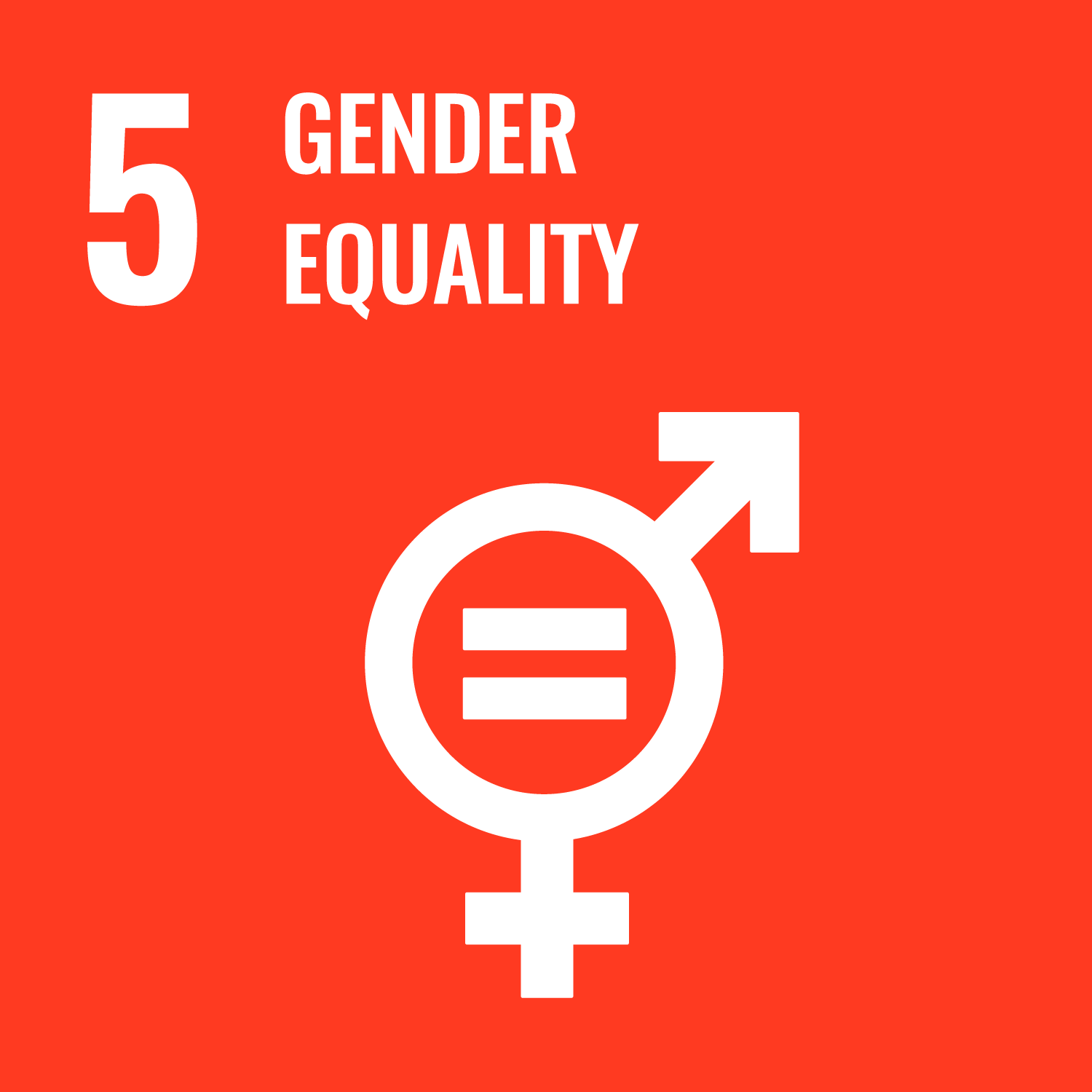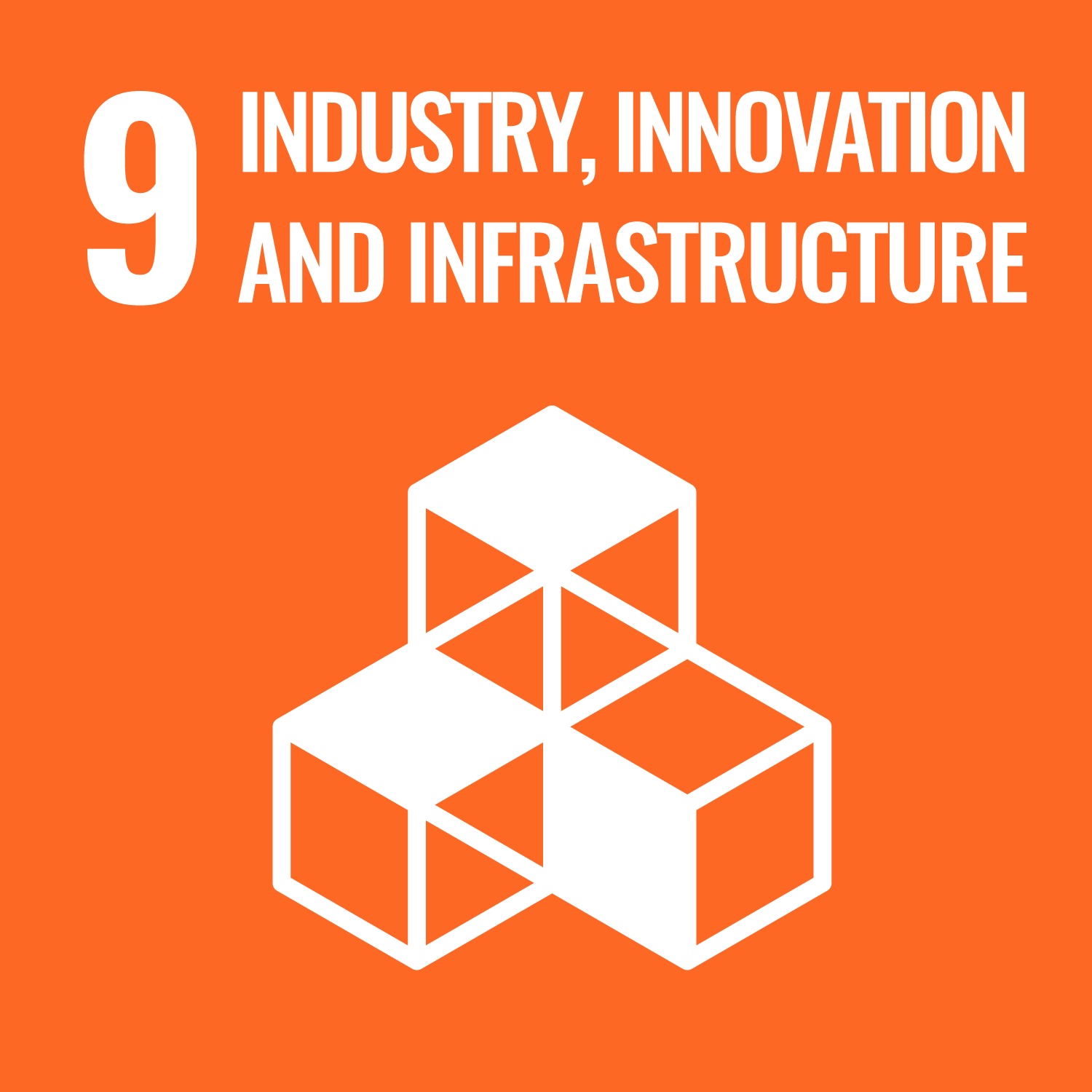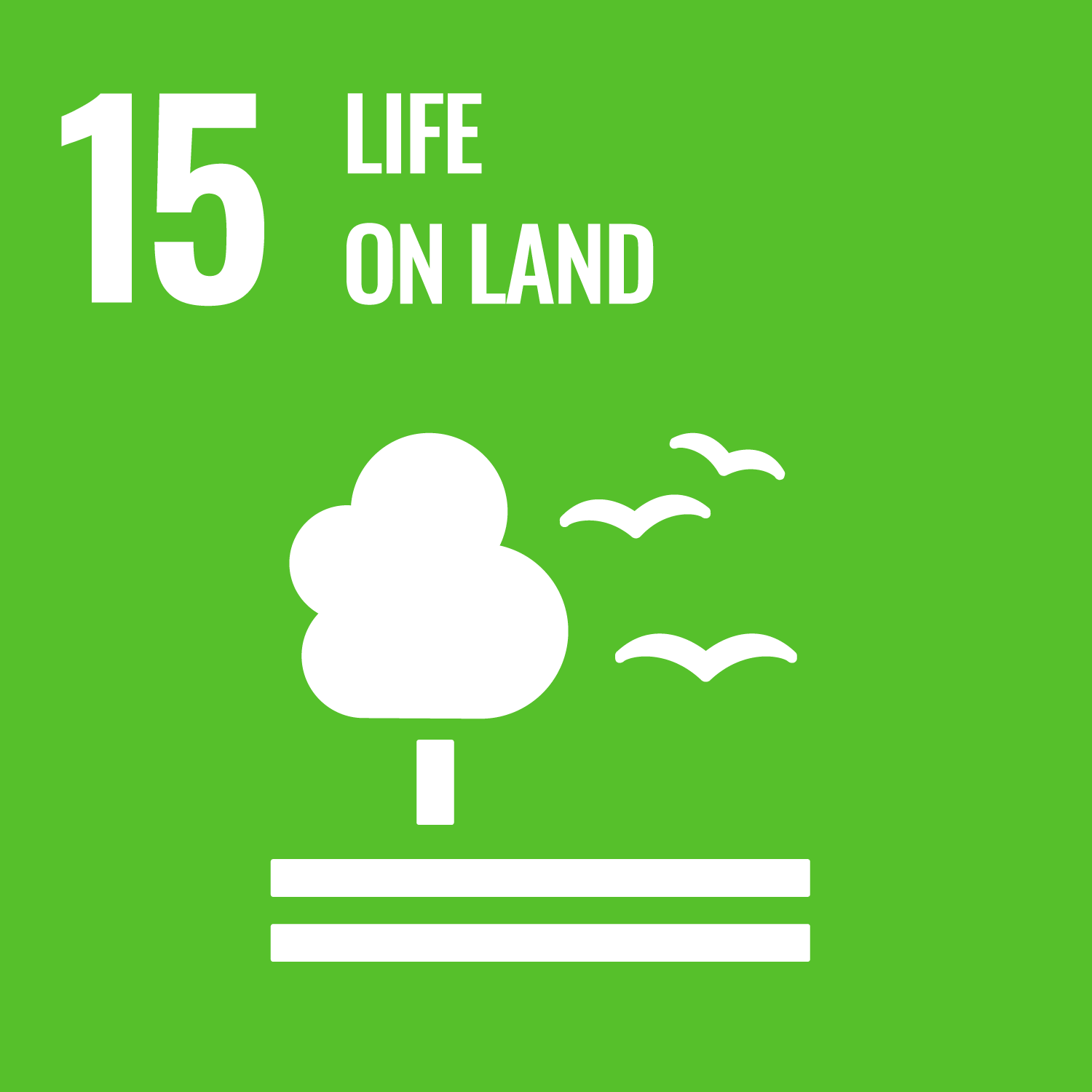Building a Model for the Sustainable Use of Water and Land Resources in Oasis Communities in the Western Desert of Egypt, Centered on Community Understanding and Participation
- Research
Erina Iwasaki, Professor
Faculty of Foreign Studies, Department of French Studies
In the Western Desert of Egypt, the advancement of science and technology has made it easier to access subterranean water and the expansion of agricultural and reclaimed from desert has increased irrigation water volumes. As a result, salt accumulation in the downstream parts of oasis water catchment areas is accelerating, and the expansion of drainage lakes and the prevention of further salinization have become urgent issues. Therefore, this research aims to facilitate the sustainable management of this oasis region into the future by combining scientific evidence with indigenous knowledge and then applying this to the creation of new oasis knowledge that is linked to the sustainable use of water and land. This new knowledge will then be used as a foundation for the formulation and proposal of comprehensive measures for preventing salt accumulation in oases.
The characteristic feature of this research is that it is joint research that integrates both science and the humanities with a focus on community participation, conducted by both researchers and local residents. Specifically, we are building a community participation-based digital platform for 1) building a technological framework for curbing the spread of areas affected by salt accumulation by identifying the dynamics of water and salt over wide area, 2) implementing empirical studies of technologies for water-saving irrigation at a farm-by-farm level and for cultivating salt-tolerant crops, 3) implementing practical studies of the multi-dimensional values and social mechanisms of water and land use, and 4)sharing and visualizing information related to water and land environments.

【Future prospects】
This research covers the Western Desert of Egypt but the need to curb salt accumulation is an issue shared by arid regions so the results and knowledge obtained can be applied to other oasis communities. By building a comprehensive framework for sustainable water and land use through an entirely closed-system oasis that curbs the spread of salt accumulation, we are aiming to contribute to the future sustainable use of water in arid regions.




